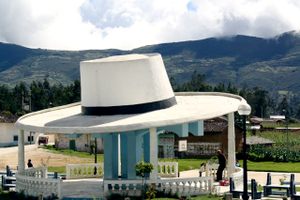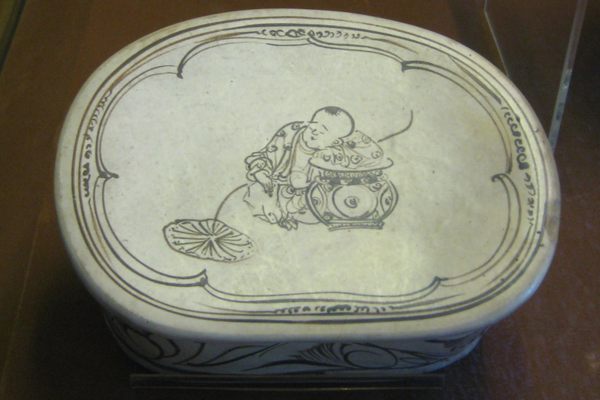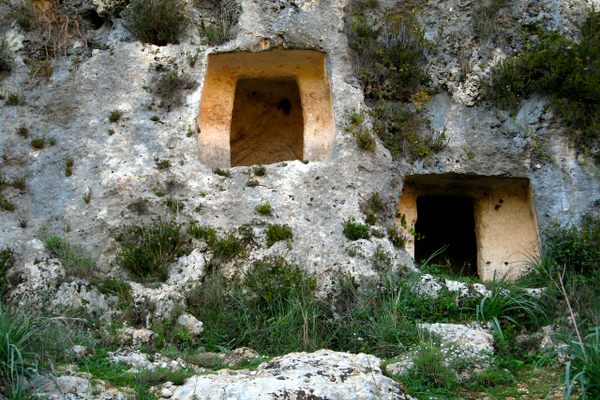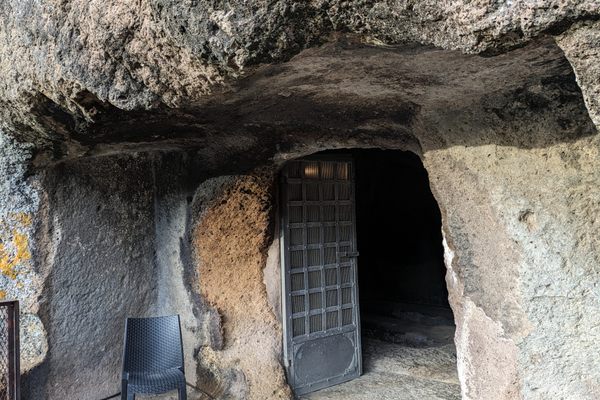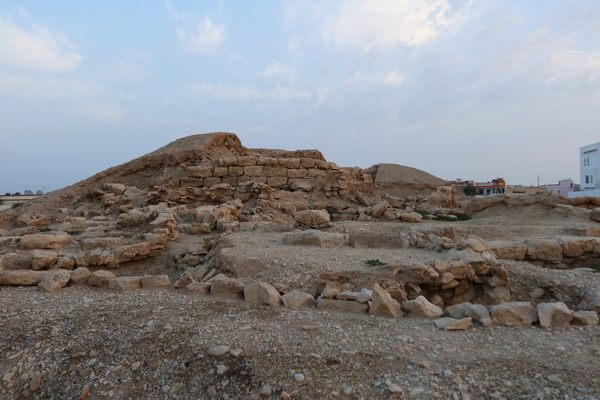About
In a climate-controlled room in Leymebamba, Peru, sit more than 200 mummies, some staring right at you with disturbingly well-preserved expressions of fear and agony.
The Museo Leymebamba (Leymebamba Museum) was inaugurated in 2000, specifically to house 200 or so mummies and their burial offerings. The mummies were recovered during a 1997 excavation of Llaqtacocha, a Chachapoya settlement on the banks of Laguna de los Cóndores, a lake about 50 miles south of Chachapoyas.
Nestled in the limestone cliffs around the lake were a series of chullpas [tombs]. These stone burial structures had been untouched for 500 years, until local farmers started to rummage through the funerary site, doing significant damage in the process. Fortunately, the Centro Mallqui, a Peruvian cultural association specializing in bio-archaeological remains, was on hand to salvage the site.
The archaeologists began to recover the mummies from Laguna de los Cóndores, protecting them from further accidental damage and the more nefarious intentions of huaqueros (grave robbers). In order to house so many mummies, the Centro Mallqui initiated the construction of an entire museum in Leymebamba, the town closest to the lake.
Today visitors stroll around the museum’s first two rooms, which display various artifacts from the region; these include ceramics, weapons, and decorative items from the Chachapoya and provincial Inca periods. Next comes the third room, where large windows provide a disturbing vista of the mummy collection. Hundreds of them: many wrapped, some eerily exposed, most sitting in the classic funerary position - knees raised up to their chests, arms crossed.
It’s an unnerving sight. Some of the mummies stare back at you with pained expressions, an occasional face so well-preserved that it looks like it could blink. A few bundled babies also sit on the shelves, their tiny bodies carefully wrapped in cloth.
The Chachapoya were skilled embalmers. They treated the skin, vacated bodily cavities, and plugged up those parts that could be plugged. They then left much of the remaining mummification process to the cold, dry, sheltered lakeside ledges, whose microclimates helped to preserve the organic remains.
Now, in the controlled climate of the museum, the mummies have found a new resting place. Here they sit, huddled together like a lost tribe, eternally silent—but speaking volumes to the archaeologists who continue to study them.
Related Tags
Know Before You Go
Leymebamba is easy to reach from Chachapoyas. Minibuses leave the main bus terminal regularly for Leymebamba; the trip takes about one hour and 45 minutes. The museum is located up above Leymebamba. Take a minibus or taxi from the main square up to the museum. It’s easy enough to walk back down. You can also visit Laguna de los Cóndores from Leymebamba, but it involves a tough 9- to 10-hour trek and a night spent at the lake. You can also ride there by horse, which is recommended by most local operators.
Peru: Machu Picchu & the Last Incan Bridges
Discover Inca Wonders.
Book NowPublished
December 19, 2017



















